#有吉
Text

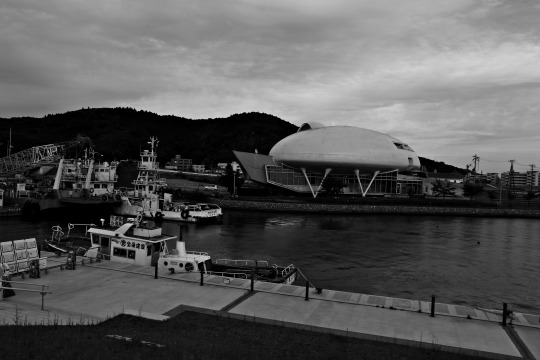

2023年9月1日(金)
ソフバンでポケットwifiの話
3 notes
·
View notes
Text
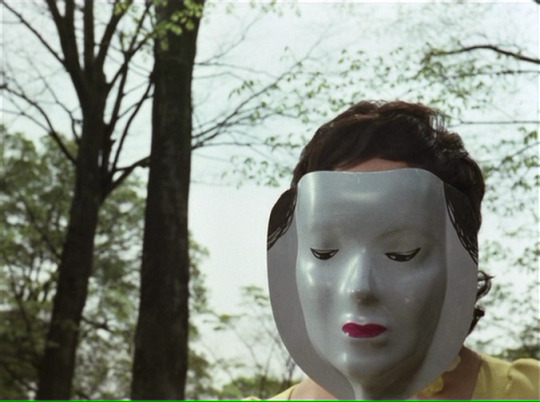
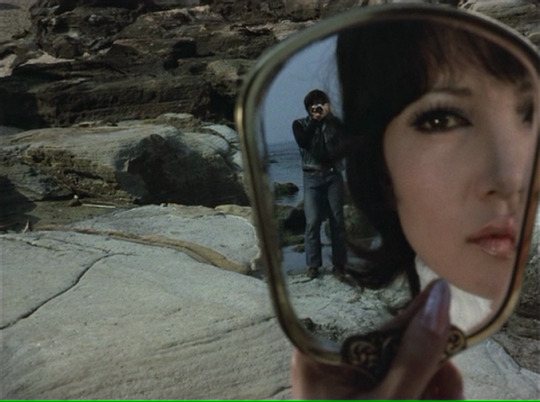
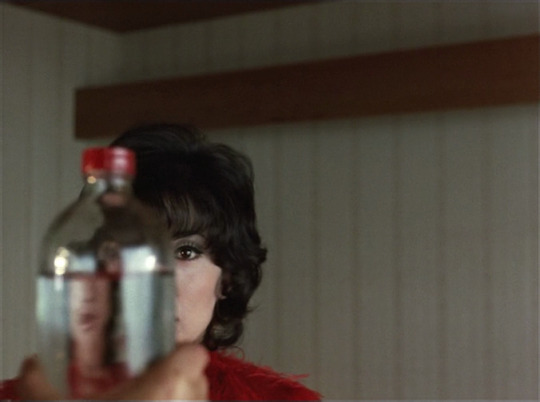





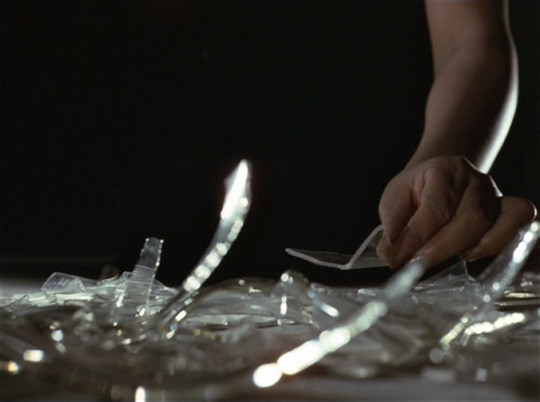
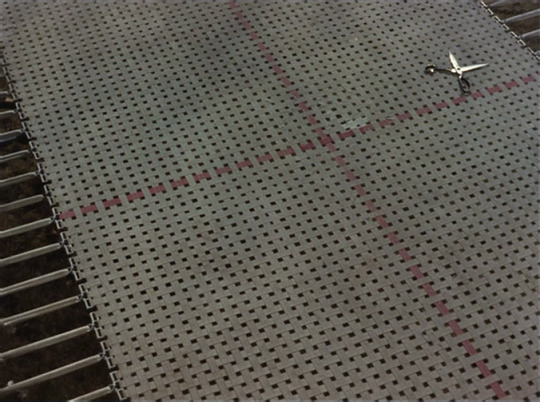
Yoshishige Yoshida
- Confessions Among Actresses
1971
#吉田喜重#告白的女優論#Yoshishige Yoshida#Kijū Yoshida#Kiju Yoshida#Confessions Among Actresses#mariko okada#岡田茉莉子#有馬稲子#Ineko Arima#Ruriko Asaoka#浅丘ルリ子#Japanese Film#1971
200 notes
·
View notes
Text

Swan (1976) by Kyoko Ariyoshi
119 notes
·
View notes
Text
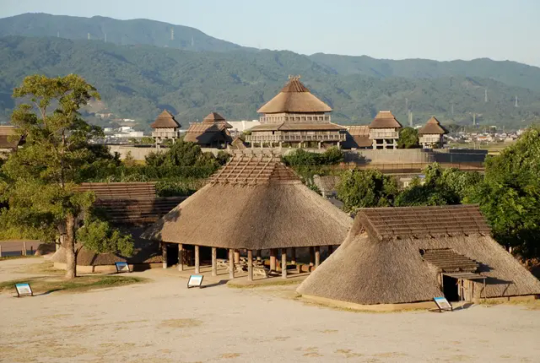
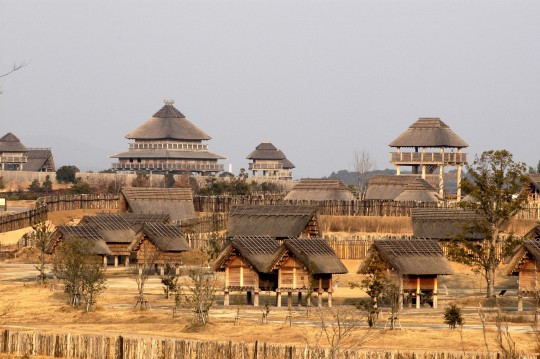
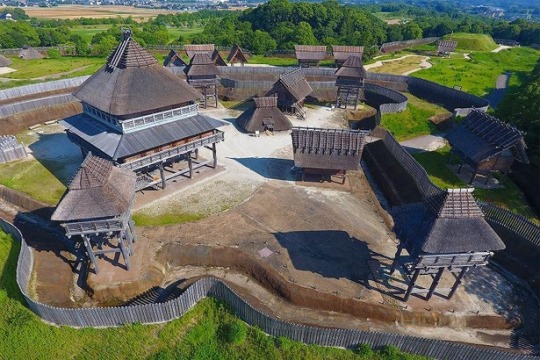
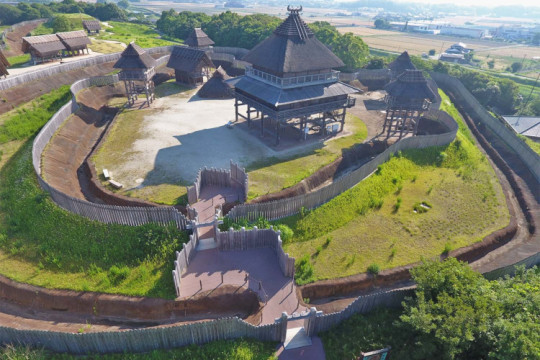
Sean bienvenidos, japonistasarqueológicos, a una nueva entrega de arqueología nipona, una vez dicho esto pónganse cómodos qué empezamos.
—
En la publicación anterior estuvimos hablando de las ruinas de Yoshinogari, que datan del período Yayoi (300-250) pero en este caso del Yayoi tardío y se localizan en la prefectura de Saga. Esta vez vamos a profundizar un poco más en dicho yacimiento. En la década de 1928-1986 y hasta el presente se han estado hallando restos arqueológicos nuevos. Pero las excavaciones y las investigaciones empezaron en 1928, esta fecha corresponde a la era taisho, también se realizaron excavaciones en Fukuoka la prefectura vecina, principalmente ligados a dos temas, la agricultura y la innovación industrial. En la prefectura de saga, se encontraron vasijas del periodo Yayoi, hasta del periodo Nara, hay que entender que el lugar ha podido ser utilizado en periodos históricos simultáneos, desde la prehistoria hasta nuestros días, como ya mencionamos anteriormente, el yacimiento se localiza cerca del mar de Ariake. A 3 kilómetros nos encontramos las ruinas de Mitsunagata, que estaría cerca de la puerta del parque arqueológico.
-
En la década de los años 50, se desentierran en las zonas de cultivos, ataúdes de tinajas. En 1928 aparecen: brazaletes de conchas y cuencos de vidrio. Pero no será hasta la década de los años 70 cuando se hacen excavaciones a gran escala, inclusive prospecciones, al noreste de Yoshinogari en las que se encontraron, espejos de bronce y armas de hierro. Se hallaron restos de edificios que se creen que son almacenes de piso elevado. 1980-1982, se excavó arroz carbonizado, esto nos permitirá saber cuál era la dieta y la procedencia del mismo. En 1986, por motivos industriales y por el canal de agua en la prefectura de Saga que comunica el río Chikugo, hasta el río Kase, esto desentierra restos de fosos y huecos de postes de madera.
—
Espero que os haya gustado y nos vemos en próximas publicaciones, que pasen una buena semana.
-
日本の考古学者の皆さん、日本の考古学の新しい記事へようこそ。そうは言っても、気��楽にして始めましょう。
—
前回は、弥生時代(300~250年)、今回は弥生後期、佐賀県にある吉野ケ里遺跡についてお話しました。 今回はこの預金についてもう少し詳しく掘り下げていきます。 1928 年から 1986 年の 10 年間と現在に至るまでに、新しい考古学的遺跡が発見されています。 しかし、発掘調査が始まったのは大正時代にあたる1928年で、隣県の福岡でも主に農業と産業革新という2つのテーマに沿った発掘調査が行われました。 佐賀県では弥生時代から奈良時代の器物が出土しており、先史時代から現代に至るまでの同時期に使われていた可能性があることは、前述したとおりです。有明海の近く。 3キロほど離れたところに、遺跡公園のゲート付近にある三長田遺跡がある。
-
50年代の10年間に、栽培地域で壺の棺が発掘されました。 1928年に貝殻のブレスレットとガラスのボウルが登場しました。 しかし、吉野ヶ里の北東で測量を含む大規模な発掘が行われ、青銅鏡や鉄製の武器が発見されるのは70年代の10年になってからである。 高層倉庫とみられる建物跡が見つかった。 1980年から1982年にかけて焦げた米が発掘され、その食性や起源を知ることができます。 1986年、産業上の理由と、筑後川から嘉瀬川につながる佐賀県の水路の堀と木の柱穴の遺跡が発掘されました。
—
気に入っていただければ幸いです。今後の出版物でお会いしましょう。良い一週間をお過ごしください
Welcome, Japanese archaeologists, to a new installment of Japanese archaeology, having said that, make yourself comfortable and let's start.
—
In the previous post we were talking about the Yoshinogari ruins, which date from the Yayoi period (300-250) but in this case from the late Yayoi and are located in the Saga prefecture. This time we are going to delve a little deeper into said deposit. In the decade of 1928-1986 and up to the present, new archaeological remains have been found. But the excavations and investigations began in 1928, this date corresponds to the Taisho era, excavations were also carried out in Fukuoka the neighboring prefecture, mainly linked to two themes, agriculture and industrial innovation. In the prefecture of saga, vessels from the Yayoi period to the Nara period were found, it must be understood that the place could have been used in simultaneous historical periods, from prehistory to the present day, as we mentioned above, the site is located near of the Ariake Sea. 3 kilometers away we find the ruins of Mitsunagata, which would be near the gate of the archaeological park.
-
In the decade of the 50s, coffins of jars were unearthed in the cultivation areas. In 1928 they appear: shell bracelets and glass bowls. But it will not be until the decade of the 70s when large-scale excavations, including surveys, are made northeast of Yoshinogari in which bronze mirrors and iron weapons were found. Remains of buildings believed to be high-floor warehouses were found. 1980-1982, charred rice was excavated, this will allow us to know its diet and origin. In 1986, for industrial reasons and for the water channel in Saga Prefecture that connects the Chikugo River, to the Kase River, this unearths remains of moats and wooden post holes.
—
I hope you liked it and see you in future publications, have a good week.
#日本#韓国#考古学#遺跡#佐賀県#九州#歴史#先史#新石器時代#文化#吉野ヶ里遺跡#地理#弥生時代#有明海#唐津市#鍋岳遺跡#ユネスコ#Japan#Korea#Archaeology#Ruins#Saga Prefecture#Kyushu#History#Prehistory#Neolithic Age#Culture#Yoshinogari Ruins#Geography#Yayoi Period
39 notes
·
View notes
Text
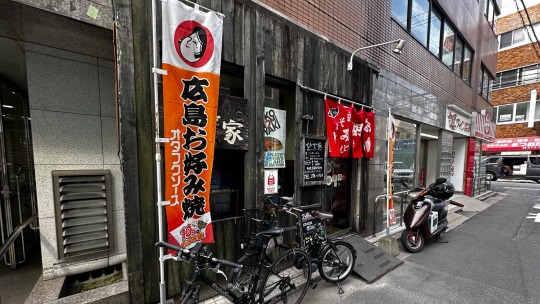


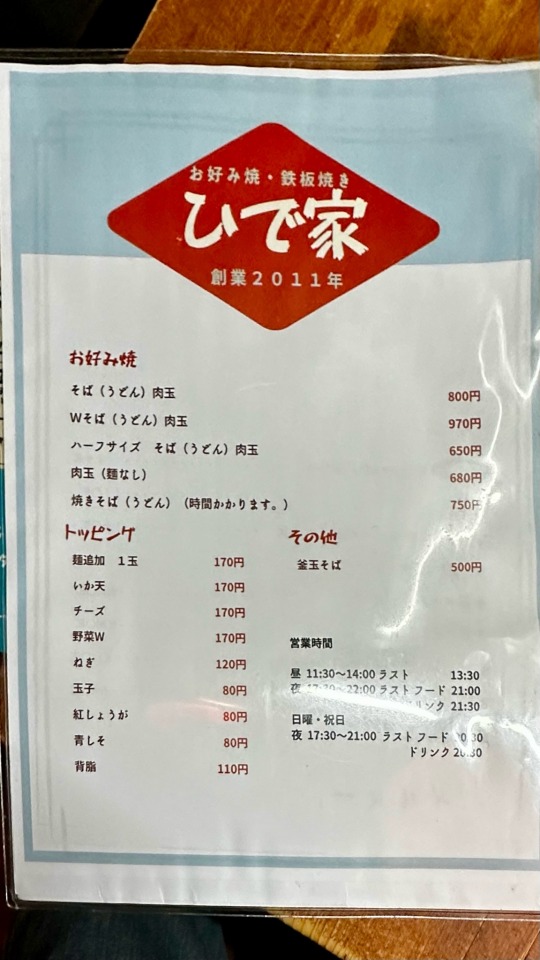
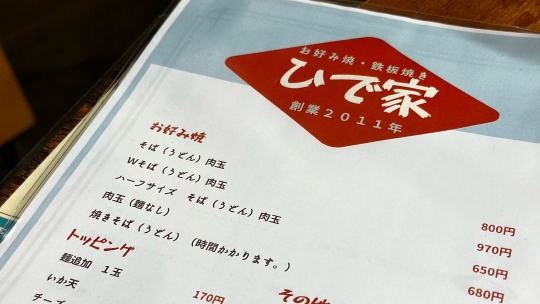



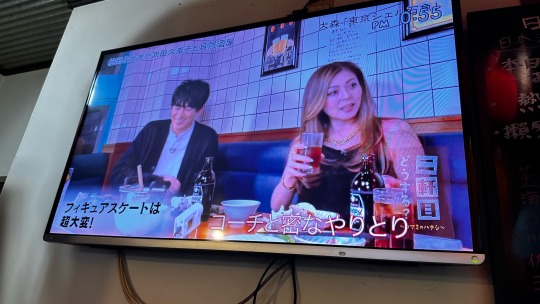

広島に来たので久しぶりに広島のお好み焼き
この店のトイレがカオスだった(笑)
(有吉のこの写真とガンプラを目の前にして)
@ひで家
13 notes
·
View notes
Text

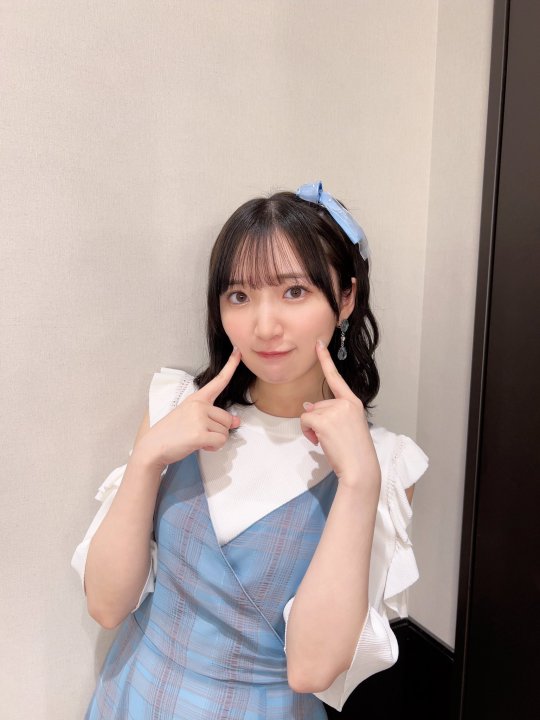

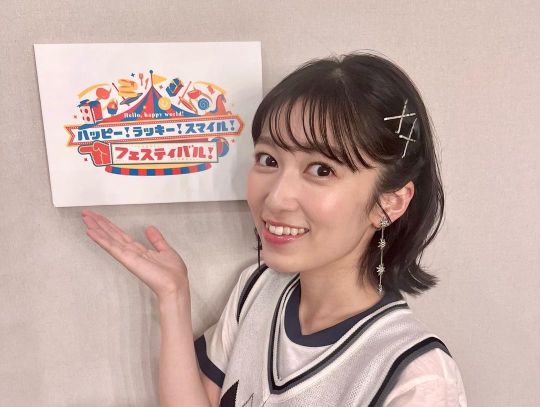





Twitter
23 notes
·
View notes
Text
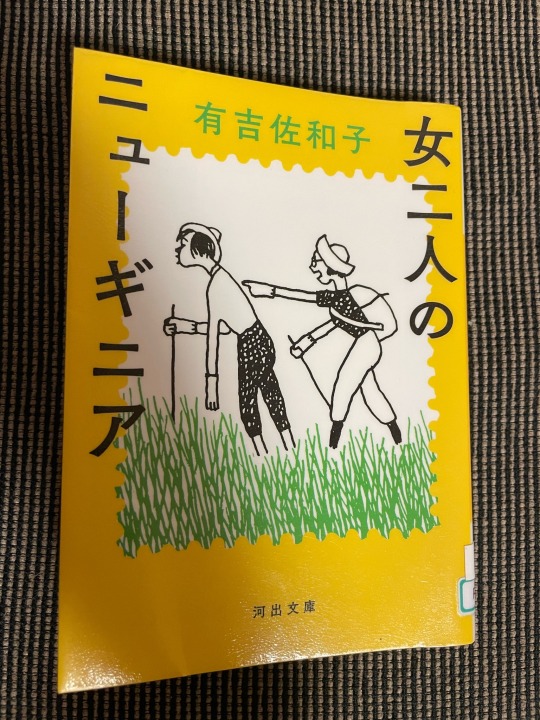
「読書」
こんなに、逞しい女性がいるだと、人類学者の誘いに、小説家がニューギニアに渡航し、ジャングルの僻地での生活のお話でした。Googleマップで、どこの国の地域なのか調べたくなります。有吉佐和子、また、別の本も読みたくなりました。出雲阿国って有吉佐和子さん作だったんだ。途中で挫折した本でした。
40 notes
·
View notes
Text
Mid valley约,就现在!有偿!
#吉隆坡 约 炮#一夜情 丝袜腿 黑丝袜 有偿约 经纪人 女s男m 字母圈 苏梅岛 女朋友 配音师 白丝袜 车友会 高尔夫 高中生 紧身裤 小视频 比基尼 一对一 绿帽奴 腿玩年 高跟丝袜 制服丝袜 黑丝女神
2 notes
·
View notes
Text
有吉がダチョウ倶楽部をイジるときは愛あるというか身内のノリが何となく分かるけど、バウンディが滑ってたのを有吉が言うとガチでそんな風にみえてしまうよね。実際、紅白の視聴者層、観覧客に向かっておい紅白そんなもんか!?みたいな煽りしてもクソ滑るでしょうに。顔面も初めて見ましたけど、実力でのしあがったんだなあ、と。
0 notes
Text


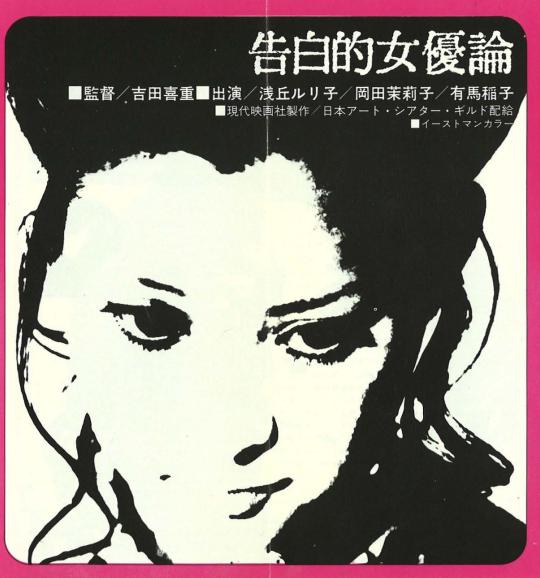
Yoshishige Yoshida
- Confessions Among Actresses
1971
#吉田喜重#告白的女優論#Yoshishige Yoshida#Kijū Yoshida#Kiju Yoshida#Confessions Among Actresses#mariko okada#岡田茉莉子#有馬稲子#Ineko Arima#Ruriko Asaoka#浅丘ルリ子#Japanese Film#1971#advertising
149 notes
·
View notes
Photo

Swan (1976) by Kyoko Ariyoshi
250 notes
·
View notes
Text
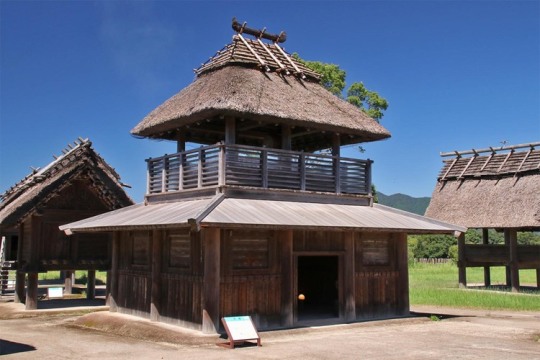



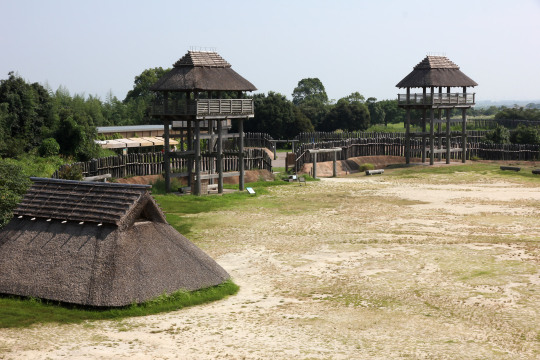
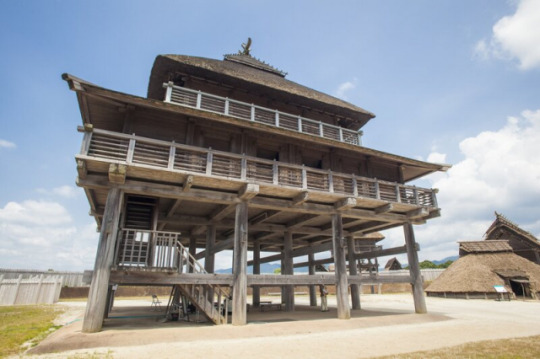
Sean bienvenidos, japonistasarqueológicos, a una nueva entrega de arqueología nipona, una vez dicho esto pónganse cómodos qué empezamos.
-
Nos volvemos a trasladar a la prehistoria japonesa que, cada día, nos sorprende con un nuevo hallazgo arqueológico. Las ruinas de Yoshinogari, datan del periodo Yayoi(III-IV) pero en este caso del Yayoi tardío y se localizan en la prefectura de Saga¿Cuándo llegó el arroz a japón? Y¿por dónde llegó? Hay dos teorías: una que llegó de china y la otra desde Corea hasta la isla de Kyushu a través del mar de Ariake. El enorme asentamiento está rodeado por tres fosos y es la raíz de los castillos en Japón, ha sido seleccionado como uno de los 100 castillos más famosos de Japón.
-
En el periodo Yayoi, se caracteriza porque es cuando aparecen las clases guerras y las clases dirigentes a raíz de la acumulación de poder, esto corresponde a los jefes locales, por ejemplo: La residencia de la clase dominante en el recinto interior sur, no confundir con realeza japonesa, hay que recordar que a los poblados se les instalaba un punto religioso, por aquella época predominaba el Sintoismo como: es el caso del santuario principal construido en el recinto interior norte.
-
El yacimiento cuenta con atalaya del recinto interior sur, de carácter defectivo, al sur se encuentra el pueblo con viviendas tipo foso y almacenes para guardar el arroz rojo que era el que se cultivaba en aquella época y en la ciudad de Karatsu, también en la prefectura de Saga, se encuentran las ruinas de Nabatake, las ruinas de cultivo de arroz más antiguas de Japón.
-
Durante el periodo Yayoi y Kofun tuvieron lugar una serie de migraciones desde la península de corea, esto trajo consigo que las poblaciones coreanas y japonesas de la zona se mezclaran generando mestizos, además de transmitir sus conocimientos de la agricultura.
-
Espero que os haya gustado y nos vemos en próximas publicaciones, que pasen una buena semana.
Welcome, Japanese archaeologists, to a new instalment of Japanese archaeology, so make yourselves comfortable and let's get started.
-
We move back to Japanese prehistory, which surprises us every day with a new archaeological find. The ruins of Yoshinogari, dating from the Yayoi period (III-IV) but in this case from the late Yayoi period, are located in the prefecture of Saga When did rice arrive in Japan? And where did it arrive? There are two theories: one that it came from China and the other from Korea to the island of Kyushu via the Ariake Sea. The huge settlement is surrounded by three moats and is the root of castles in Japan, it has been selected as one of the 100 most famous castles in Japan.
-
The Yayoi period is characterised by the emergence of the warring and ruling classes as a result of the accumulation of power, this corresponds to the local chiefs, for example: The residence of the ruling class in the southern inner precinct, not to be confused with Japanese royalty, it should be remembered that the villages had a religious point installed, at that time Shintoism predominated, such as the main shrine built in the northern inner precinct.
-
The site has a watchtower in the southern inner enclosure, which is defective, to the south is the village with moat-like dwellings and warehouses for storing the red rice that was cultivated at the time, and in the town of Karatsu, also in Saga Prefecture, are the ruins of Nabatake, the oldest rice cultivation ruins in Japan.
-
During the Yayoi and Kofun period a series of migrations from the Korean peninsula took place, which resulted in the mixing of the Korean and Japanese populations in the area and the passing on of their knowledge of agriculture.
-
I hope you liked it and see you in future posts, have a good week.
#日本#韓国#考古学#遺跡#佐賀県#九州#歴史#先史#新石器時代#文化#吉野ヶ里遺跡#地理#弥生時代#有明海#唐津市#鍋岳遺跡#ユネスコ#photo#japan#archaeology#archaeologicalrests#Prefectureofaga#Kyushu#history#prehistory#neolithic#riceculture#Yoshinogariruins#geography#yayoiperiod
29 notes
·
View notes











